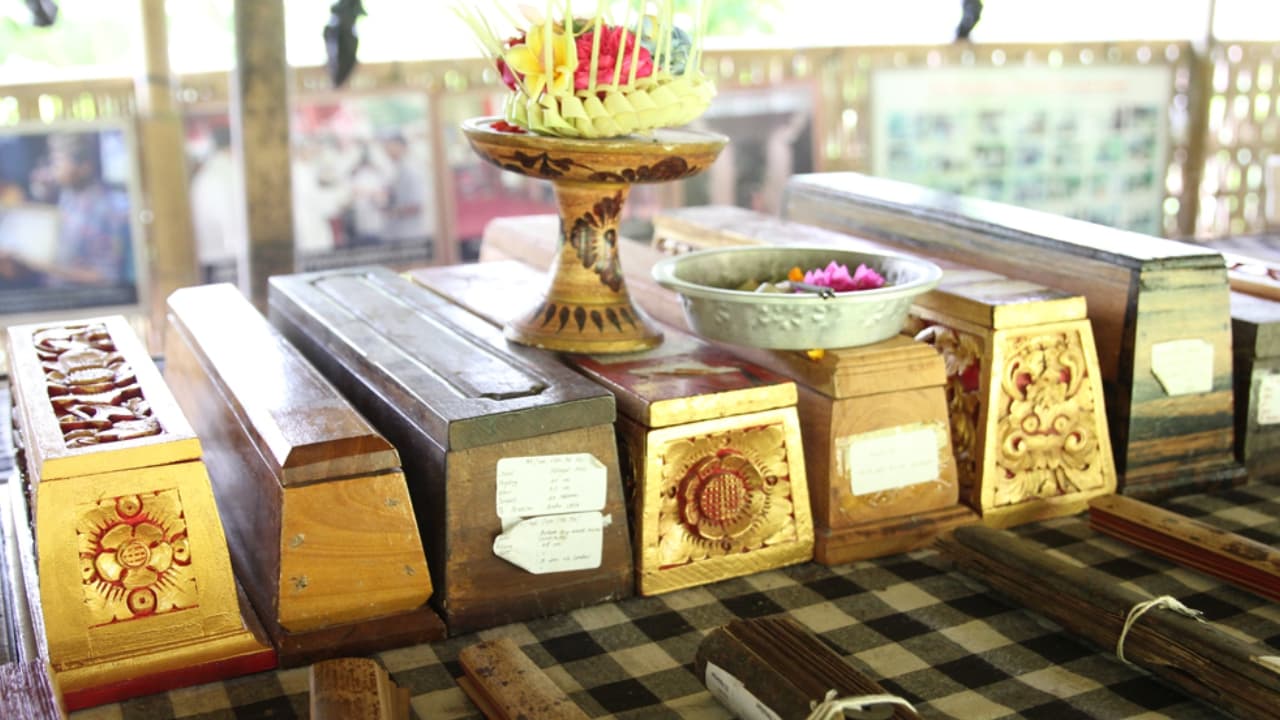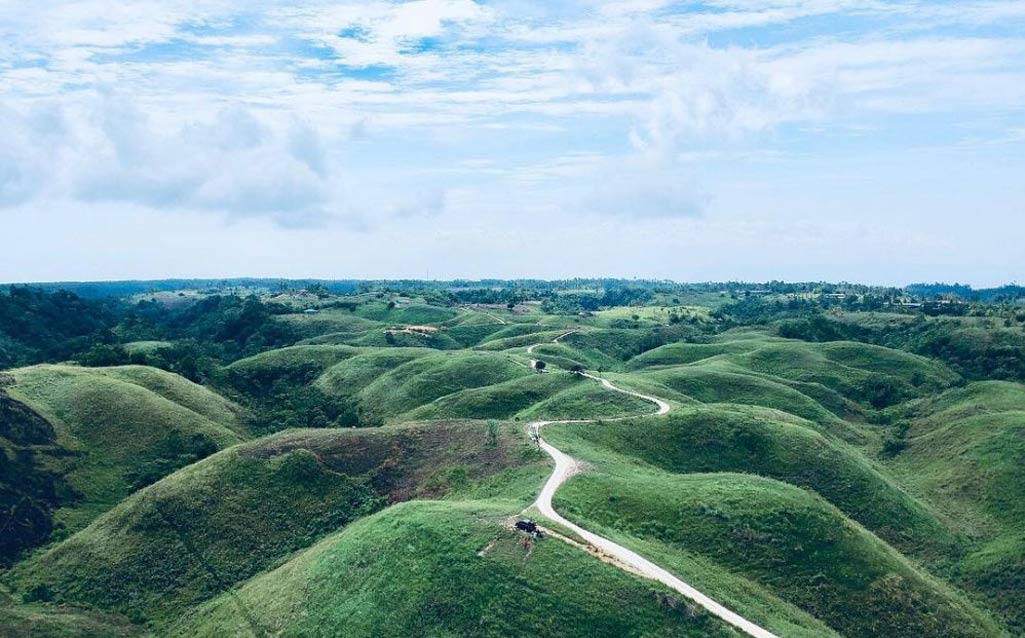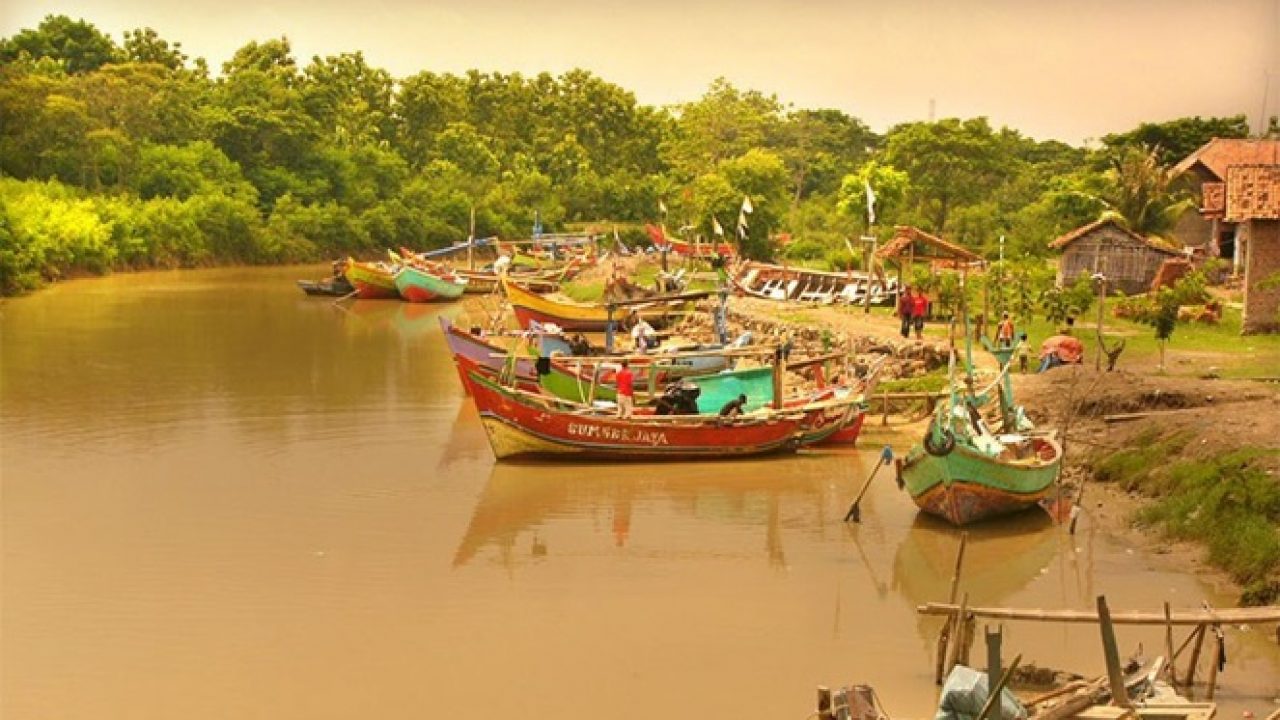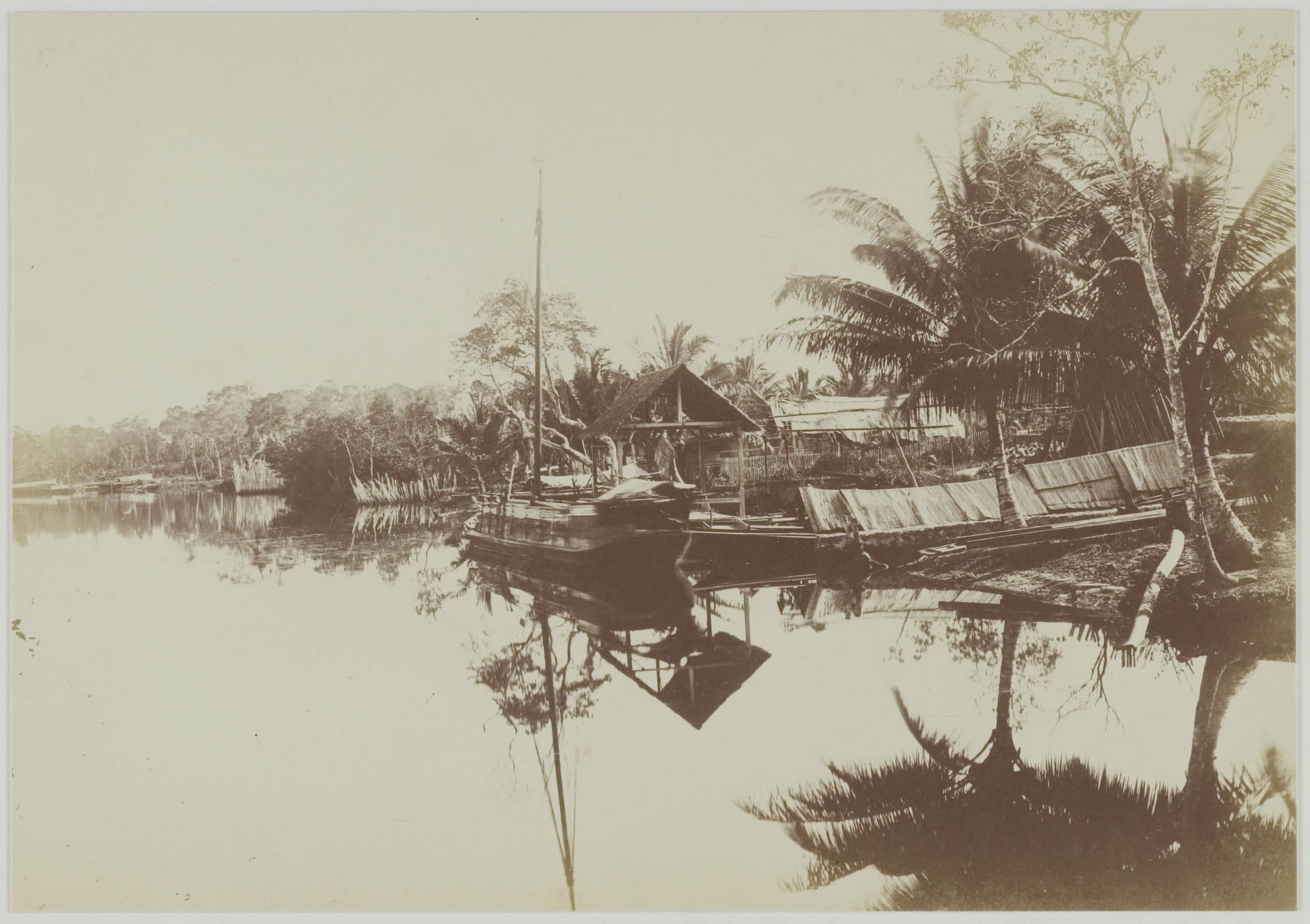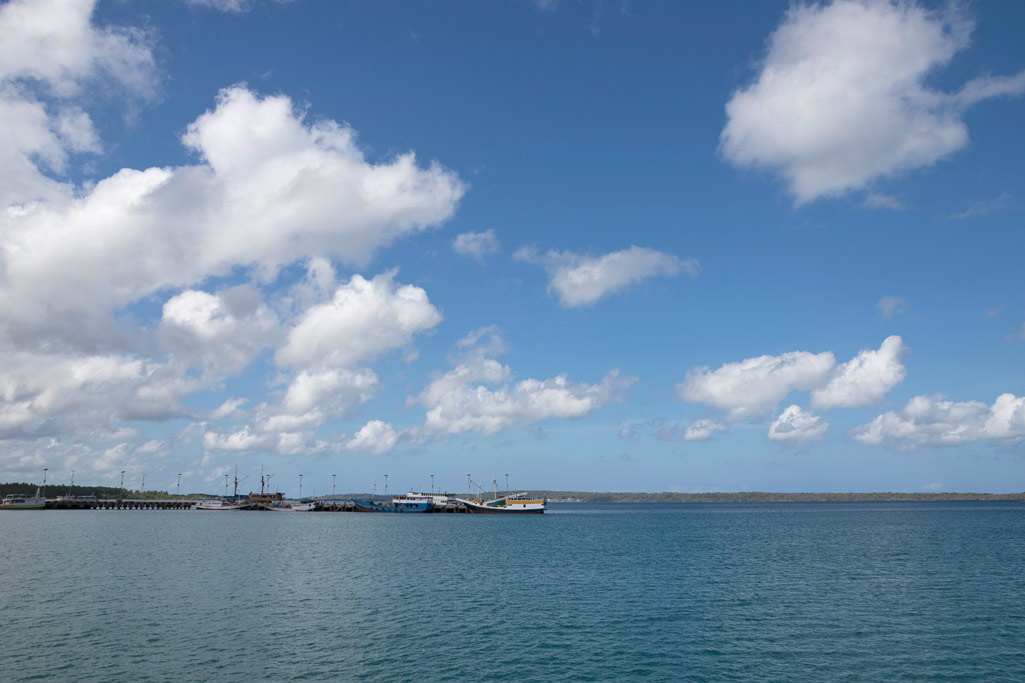
I headed out to Selayar Island with an airplane from Jakarta. Unfortunately, there were no direct flights to the island. Instead, I had to transit in Makassar before continuing my flight to Selayar. Even though there was an alternative way, by using land transportation, it would take hours from Makassar to Tanjung Bira before crossing by boat to Selayar. Selayar Island is a part of South Sulawesi Province that took a significant role in the sailing traffic of the Spice Routes in the past. Located between the strategic routes of Makassar as an international harbor, where transnational merchants gathered, and the spice-producing islands in Maluku led Selayar to become the stopover and a collecting center for both merchants and sailors in the past.
Fortunately, my visit to the Nekara museum in the Selayar Island was the opportunity for me to meet Mrs. Ermawati, an archeologist who worked for the Department of Education and Culture of the Selayar Island. During the interview, Mrs. Erma explained the critical points about the connection of Selayar to the Spice Routes. In her perspective, Selayar lay in a very strategic location so that many ships from Java or Makassar that were heading to Maluku (and vice versa) would stop by in Selayar in any season, both west and east seasons. Furthermore, in several archives, including Heersink’s The Green Gold of Selayar (1995), it stated that in the 17th century, Selayar became an international trade route.
During the colonial era, until 1924, Selayar had become a regency due to its strategic location as a trade stopover in the Spice Routes. It was a privilege for them, for the role was limited only to particular places in Indonesia. The discovery of some historical relics strengthened the significant position of Selayar in the prehistoric era: first, Bronze Nekara, made in China approximately 300 B.C. It became the oldest archaeological evidence found in Selayar. It proved that merchants had passed Selayar from China and Vietnam. The Bronze Nekara in Selayar also became the biggest nekara in Southeast Asia, and even in the world.
Second, there was an underwater discovery in Selayar, particularly at Bonto Sikuyu, where ceramics and coins from China were discovered on a shipwreck site. The ceramics came from the Song Dynasty that existed from the 11th to 13th centuries. Meanwhile, there were Mandarin scripts on the coins that were identical to their original manufacturing dynasties. Those coins came from many dynasties, including the Han dynasty, Tang dynasty, and Song dynasty. We must note that Selayar did not have a kingdom back then, and it was still limited to the merchant community.
Selayar woven fabric became the leading commodity of Selayar that was exported to Cambodia, and even Europe. Going back to the time when money was not a means of payment, merchants who came to Selayar would trade the woven fabric and go to the spice-producing islands to trade it with spices.
According to Mrs. Erma, Selayar’s strategic location in the sailing traffic gave rise to the multi-ethnicity that exists in Selayar today. Bugis, Buton, Javanese, and Chinese, not to mention the language similarities with Buton and Bugis languages, strengthen the evidence that Selayar used to be a stopover in the past. In addition, the presence of Chinatown in Selayar proved that Selayar was visited by the Chinese. This area had already existed before the Netherlands colonial era. While in the colonial era, the Netherlands government permitted the Chinese ethnicity to settle and build trading corporations in Selayar.
Sources:
Adhiyatama, Shinatria. 2015. Data of Bonto Sikuyu Site, Selayar Islands. Article. Research Gate.
Interview 3 Oktober 2020. Ermawati – Department of Education and Culture of Selayar Islands Regency.
Text: Putri A F
Editor: Doni Ahmadi
Translator: Izaz Ahlanda Putra
Reviewer: Dhiani Probhosiwi




